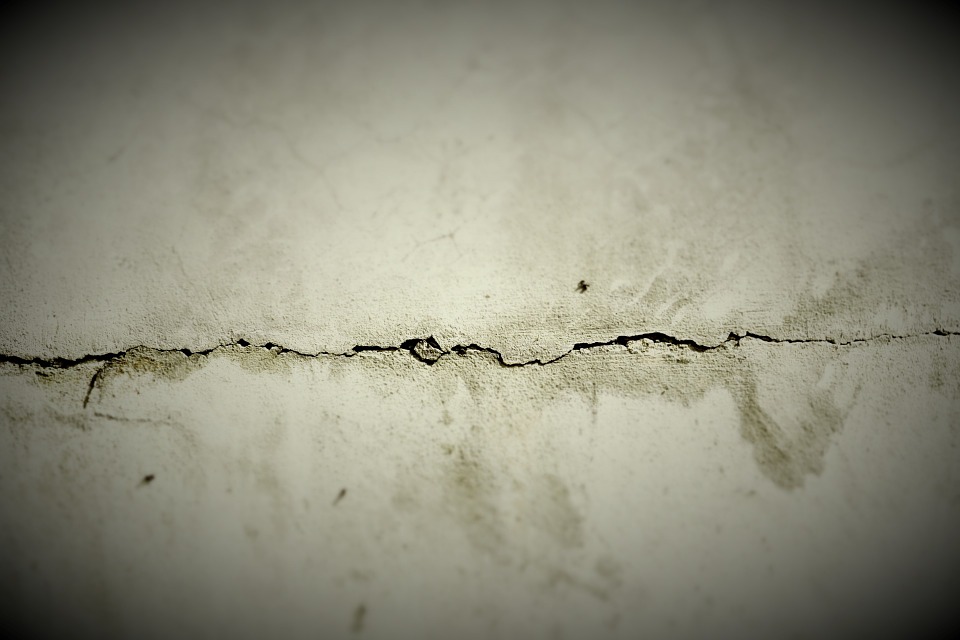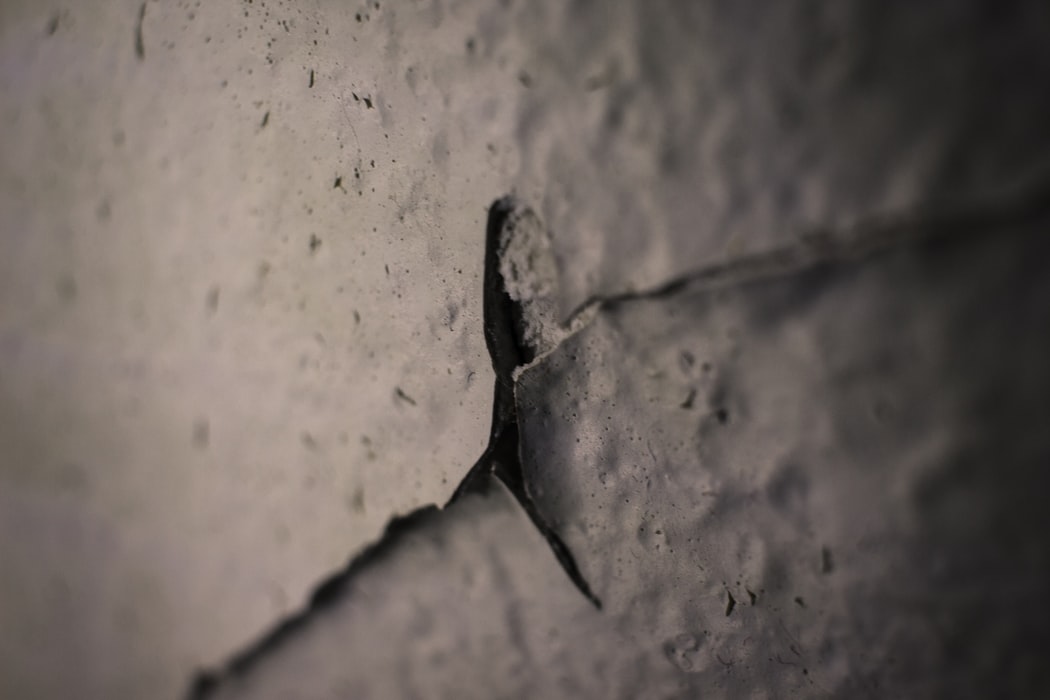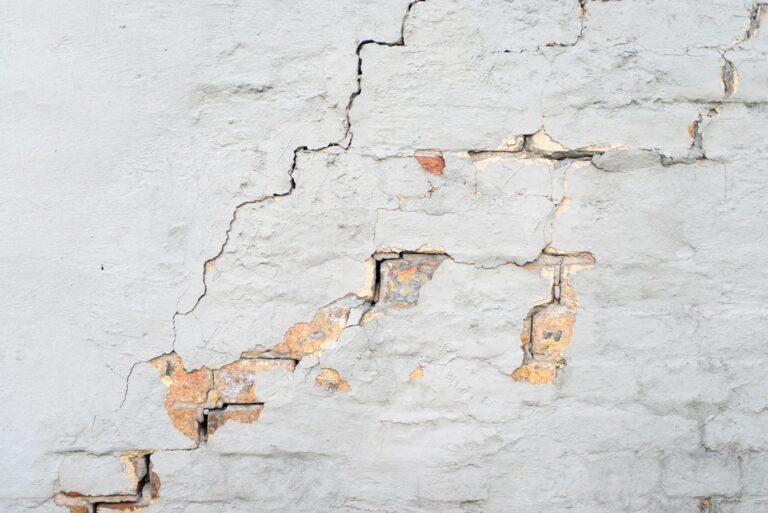Foundation cracks appear in a wide range of shapes and widths. These cracks are common in the first year of new construction, especially near windows, corners of walls or floors, and in longer sections of the foundation. A majority of them are caused by foundation unsettling and are usually not a reason for alarm. If cracks grow larger or allow water to leak through, contact a professional such immediately before the damage worsens.
1. Vertical Cracks
Vertical cracks are most likely to be found in one in every ten houses, and they do not pose a significant structural risk. Vertical cracks go up and down and are commonly caused by regular house movement as well as concrete compression and tension. After a few years, new homes might develop vertical cracks. Calling an expert in Florida like Foundation Repair Sunrise FL, is your best option to repair the damage at budget prices.
2. Horizontal Cracks
Horizontal cracks in a cement block and brick foundations are more common and can indicate a significant problem. Horizontal cracks run from wall to wall and are created when the foundation walls are strained by water pressure and uneven soil. These cracks are more likely to appear during periods of heavy rain, especially if your home has poor drainage. The foundation walls will bow inward due to this strain.

3. Staircase Cracks
Block foundations are the most prevalent victims of stair-step cracks. These cracks appear along mortar joints and might compromise the structural integrity of your basement foundation. The foundation settling or sinking is the most common source of stair-step fissures. Moisture problems from neighboring households are also a possibility for staircase cracks.
4. Diagonal Cracks
Most diagonal cracks, like vertical cracks, aren’t a significant problem. They’re frequently caused by natural concrete curing or settlement over time. Differential foundation settling occurs when one side of a home’s foundation settles lower than the other and causes diagonal foundation cracks. Diagonal cracking occurs as a result of this type of uneven strain.
Differential settling can occur due to the house being built on a hill or as a result of the soil under a piece of the residence expanding or contracting. Because the differential settlement may need to be addressed after the crack is sealed, this type of foundational problem can be more expensive to fix than a vertical one.

5. Hairline Cracks
Hairline cracks, which are usually no wider than the edge of a penny, might form as a result of seasonal fluctuations in the foundation’s contraction and expansion. Water may or may not leak through these cracks.
Repair these cracks as soon as possible before they expand and allow water to flow in. In the long run, being proactive and repairing these cracks while they’re minor and controllable will save you money.
Conclusion
Knowing what forms of cracks to look for in your home will help you estimate the extent of the foundation damage. Finally, any gaps you find in your home’s foundation should be taken seriously and professionally evaluated and corrected to ensure the structural integrity of your property.

